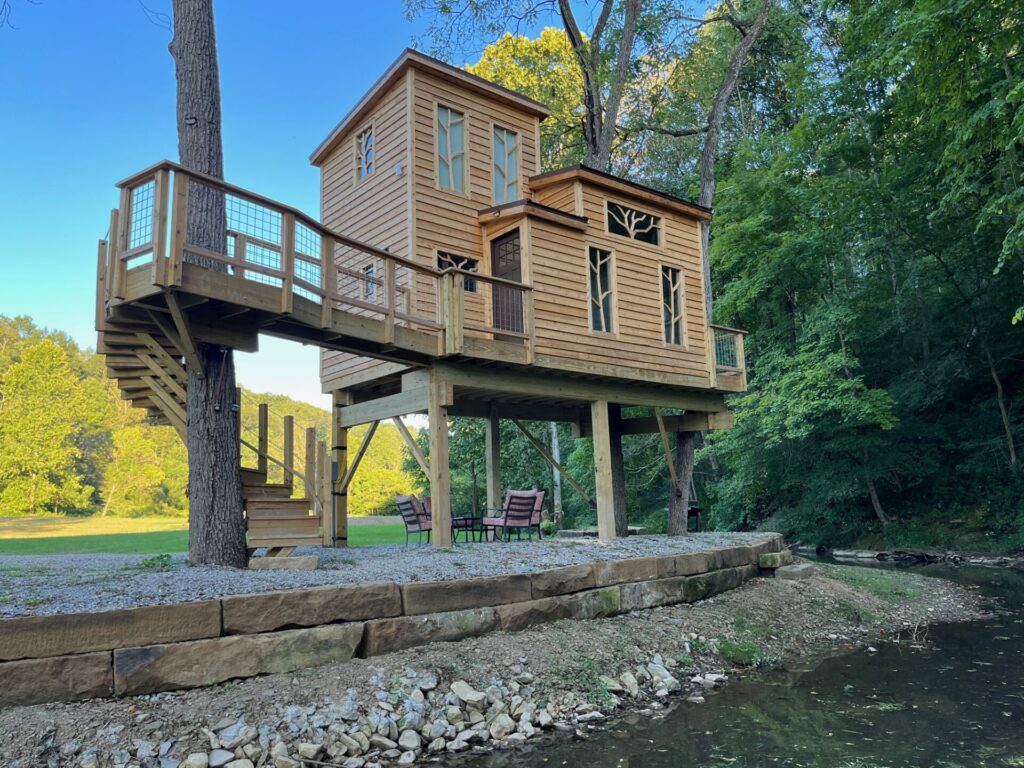
As summer pool season approaches, the abdominals become a hot topic while many of us start preparing for our “beach bodies.” Our browsers fill with articles such as How to Flatten Your Tummy in 5 Easy Moves! or 21 Guaranteed Moves to Target your Abs! and we inevitably end up frustrated when we don’t see the promised results. Unfortunately, there is a common misconception about core training; we believe that exercises that isolate the rectus abdominis, like crunches, sit-ups, and leg lifts, will eventually give us that coveted tight, toned midsection.
These exercises, when performed in excess and with poor form (as they typically are), can cause neck, back, and hip flexor pain, and they are certainly not the best way to build a strong core.
Before you jump into the 1,000 sit-up challenge to prepare for pool season, it is important to understand what your core muscles are and how they function so you can understand how to best work them.

What is the core?
In everyday life, the trunk (core) is necessary for performing a variety of movements such as twisting, bending side to side, bending forward and backward, and pulling in your stomach. In fact, the core is a complex structure of multiple muscles in the front and back of your trunk. The middle layer of your core creates a box around your torso.
These muscles work to provide stability to your spine and form a strong foundation for your body. They include the transverse abdominis, multifidi, quadratus lumborum, the diaphragm, and the pelvic floor. All are important, but the transverse abdominis (TVA) is deserving of special attention.
Not only does the TVA help to stabilize your spine, but it also increases intra-abdominal pressure as it pulls your belly button to your spine (think about pulling your stomach in to button a tight pair of pants). This muscle functions like a natural corset. The stronger your TVA is, the more taut you will be able to hold your belly.
The superficial muscles of your core consist of the better-known muscles, such as the rectus abdominis and internal and external obliques; the former causes trunk flexion (the crunching motion) and the latter causes trunk rotation (twisting). They both help you bend side to side. Finally, the core also contains back muscles, the erector spinae group, and hip flexors, the iliopsoas. Although all these muscles provide important functions, our attention will be spent on the transverse and rectus abdominis.

Are flexion exercises bad?
Exercises which put your vertebrae into flexion are not inherently bad, and crunches and sit-ups do have their place. However, in some situations they can cause more harm than good. To put it in perspective, take a second to observe your posture as you read this article. Chances are, your spine is already in flexion (slumped forward) and your core is not engaged.
The reality is our way of living is not conducive to good posture. Whether it is driving, sitting at a desk, reading, or looking at our phones, we are in a perpetual state of spinal flexion with a forward head tilt and rounded shoulders. This on its own can lead to back and neck problems.
Combine that posture with core exercises that reinforce it and it’s a perfect disaster. In a similar way, lying flat on a mat and doing leg lifts can be a harmful exercise if not done correctly. Many times, people do not have the core strength to hold their back flat, leading to a strained low back and hip flexors. If you are unable to keep your low back flat during the whole movement, this is another exercise that should be replaced.
Recommended exercises for core strength
To determine which exercises are the best for working your core, we must go back to the core’s different functions. Since the core helps keep your back from arching (spinal extension), exercises which involve anti-extension, such as planks, are great for safely building core strength. Planks work the whole core and can be performed with many variations; they also keep your body in good postural alignment and will work your shoulders and legs. Planks are a great exercise for beginners and advanced alike. If you are a beginner, start with your arms elevated on a box or step and hold a straight arm, push-up position.
The superficial muscles of the core, the rectus abdominis and obliques, perform trunk rotation. Therefore, anti-rotation exercises are a great way to torch these muscles while maintaining good posture. The Pallof Press is the king of anti-rotation exercises. It is a full body exercise, as it hits your back, shoulders, chest, core, and even works your lower body. This is certainly an exercise you won’t want to skip out on.
Finally, if feeling a nice burn in the lower part of your rectus abdominis is dear to your heart, start with bent knee toe taps and work your way up to leg lifts. As you perform this exercise, exhale and press your belly button down to flatten your back before initiating any leg movement.
The takeaway
Whether your motivation is looking slimmer, lifting heavier weights, running faster, or picking up your kids or grandkids without pain, having a strong core is essential, and anti-extension and anti-rotation exercises are a safe and effective way to strengthen the core muscles. However, many people do not know exercises which effectively train the core, and it can be tempting to revert to an old-school style of training. As a result, crunches are out, and anti-extension and anti-rotation exercises are in. The best part is, these exercises train many more muscles than just the superficial abs and help correct the effects of poor posture. Who doesn’t want to kill two birds with one exercise?
Exercise for the pool!






